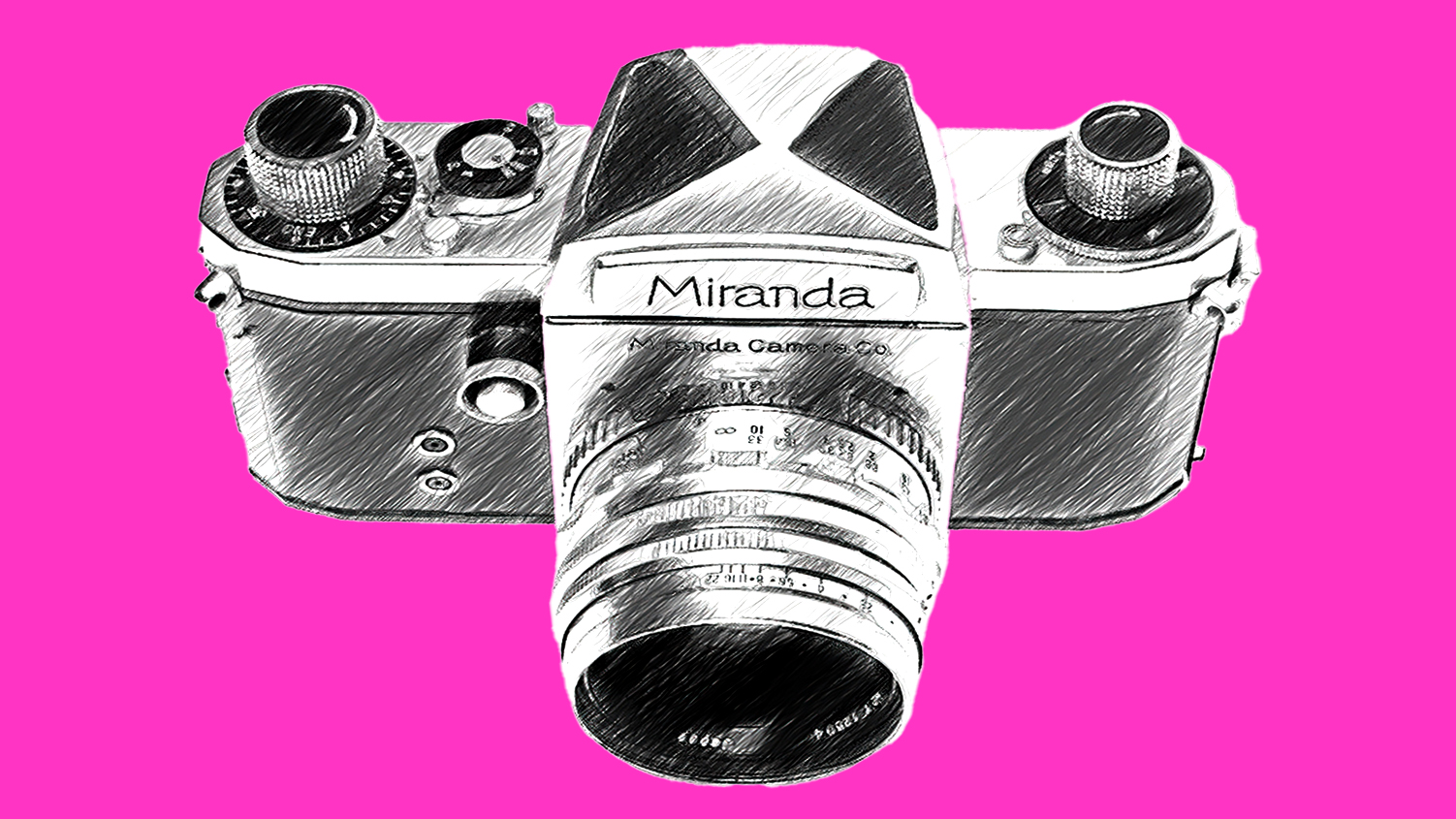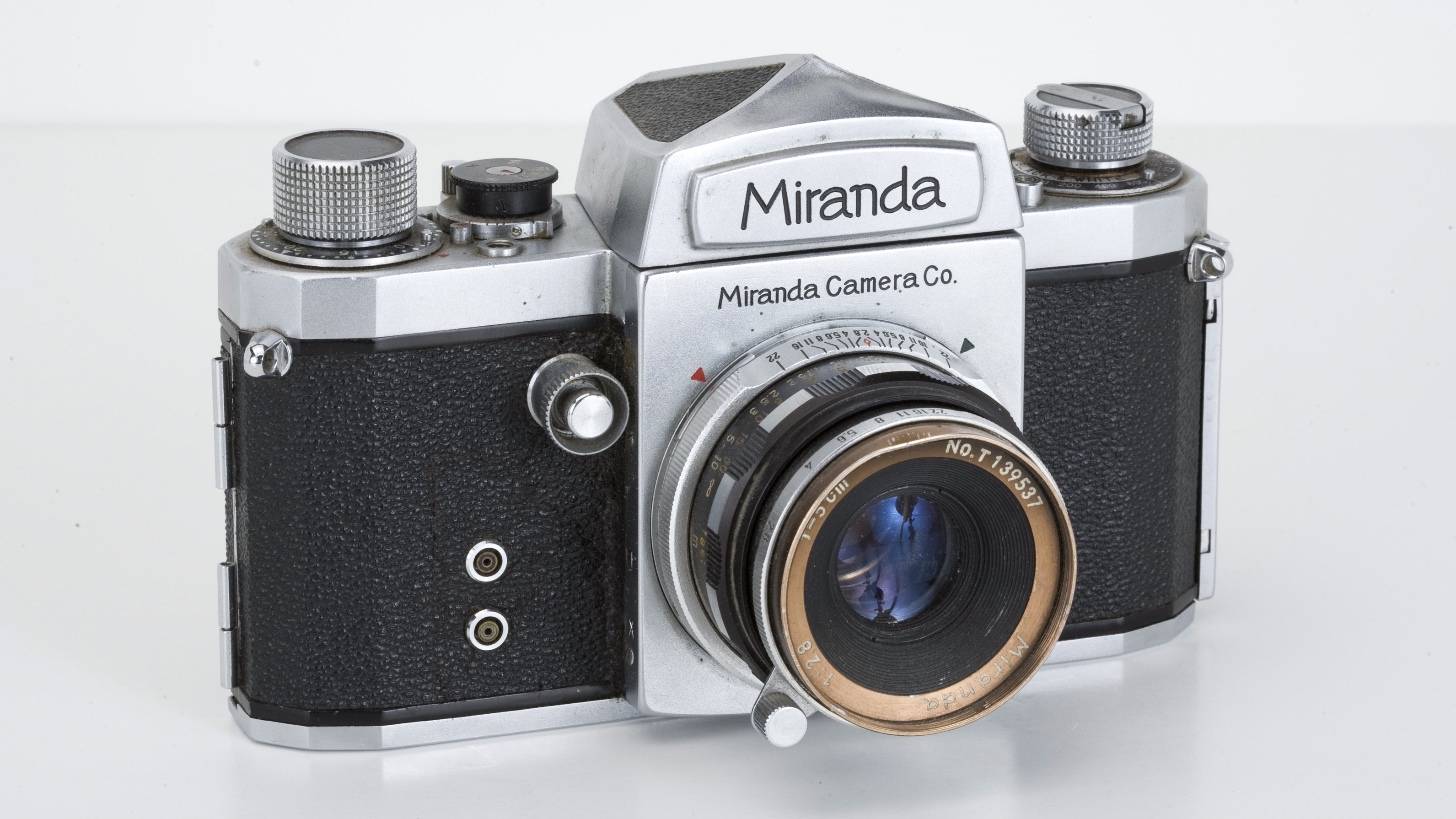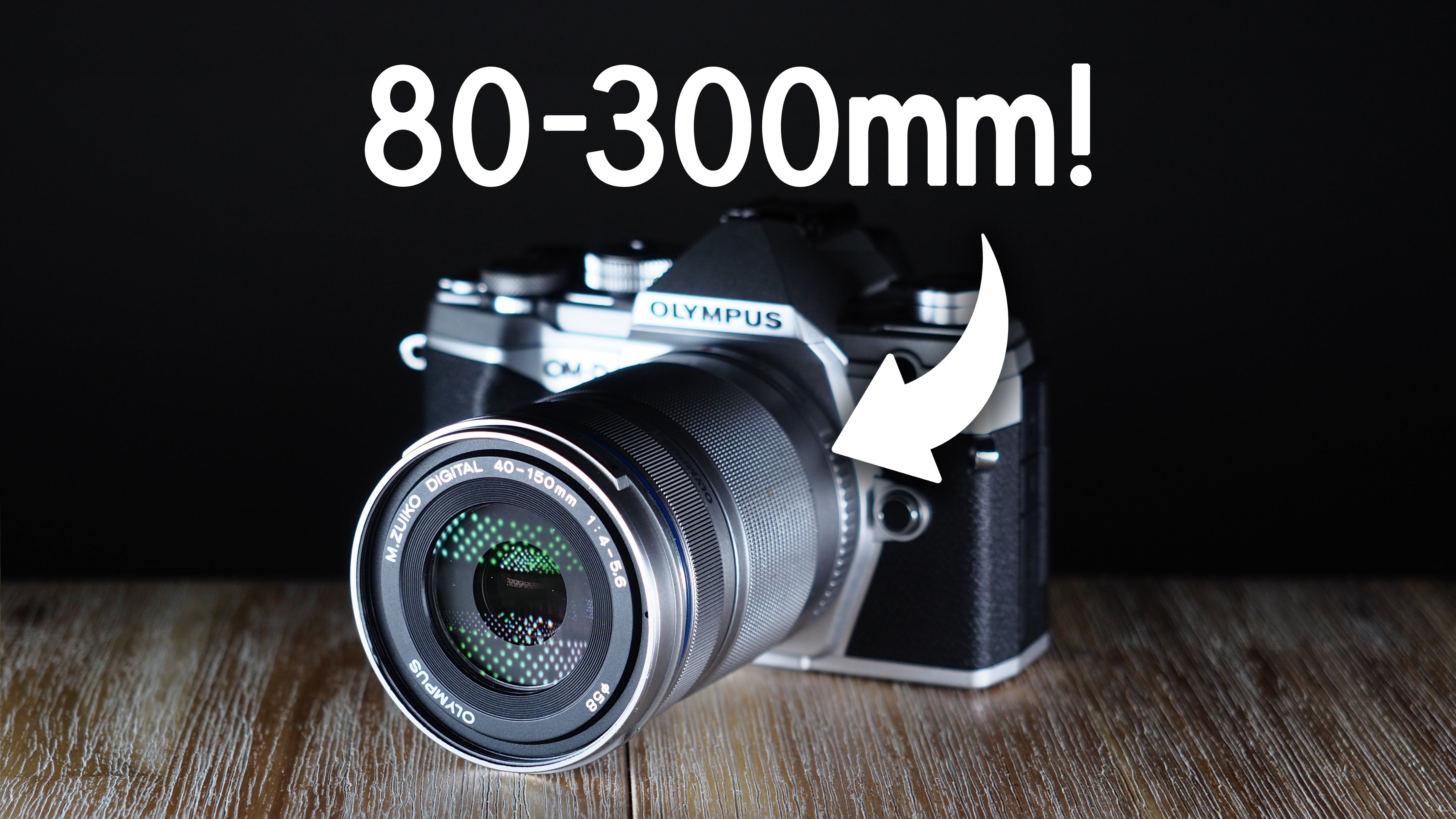Meet the camera so revolutionary they had to name it 'T' for technology
You may never have heard of Miranda, but it paved the way for Japan to become the dominant force in camera production

In late 1946 or early 1947 (nobody seems quite sure) a pair of ex-military engineers, Ogihara Akira and Ōtsuka Shintarō, started Orion Seiki Sangyō YK ("Orion Precision Products Industries") – a small workshop named after the Orion constellation, as Ogihara was an astronomy buff.
Their company offered repairs and modifications for professional cameras, but soon invented an ingenious adapter that enabled the use of Contax or Nikkor lenses on Leica thread-mount cameras while keeping the rangefinder coupling.
Then, in 1954, they showed their prototype Phoenix SLR, but found they could not use the Phoenix name due to a trademark conflict. So it was released the next year as the Miranda T – which stood for "Technology".
Although the first SLR camera to use a pentaprism for correct eye-level viewing was Italy’s Rectaflex in 1947, followed by Germany’s Contax S in 1948, the Miranda T was the first Japanese camera to use a pentaprism for eye-level use.
As such, alongside the earlier Asahiflex, which had the first instant rerun mirror, and the later Zunow, with the first internally coupled fully automatic diaphragm, it helped lay the foundation for the Japanese takeover of the camera industry.
In 1957, Orion became the Miranda Camera Co. The Miranda A of 1958 swapped the film wind knob for the more advanced rapid film wind lever – and was followed, just months later, by the Miranda "B", which added an instant return mirror, making Miranda a "thoroughly modern Millie".
The firm went on to produce over 30 models, including the semi-professional Sensorex of 1966 – which featured a match needle, through-the-lens (TTL) metering system and interchangeable viewfinders.
The best camera deals, reviews, product advice, and unmissable photography news, direct to your inbox!
Unlike most Japanese camera makers, Miranda never made its own lenses but purchased them from outside suppliers. The T came equipped with a 50mm Zunow f/1.9 as its kit lens, with later cameras coming with lenses made by a variety of firms – but sold as "Miranda" or "Auto-Miranda" lenses.
In the USA, the Soligor brand was used – though Soligor lenses were made under contract by various Japanese makers for AIC, Miranda’s US distributor. Throughout its history, Miranda kept its camera bodies as thin as possible, which allowed for adapters to enable the use of other brands of lens.
In 1963, Allied Impex Corp bought Miranda. When AIC failed in 1976, Miranda quickly followed and both the Miranda and Soligor names disappeared… but not quite forever.
In the late 1980s Cosina used the Miranda name on several of its own, more affordable cameras. The Soligor name was used in Europe by Soligor GmbH, AIC's German subsidiary, which had survived the bankruptcy. It sold Soligor-branded lenses and accessories in Europe until it, too, failed in 2011.
Find out more about photography's past in David Young's book, A Brief History of Photography.
You might also like…
Take a look at the best film cameras you can buy today – or read other articles in David Young's Classic Cameras series

David Young is a Canadian photographer and the author of “A Brief History of Photography”, available from better bookstores and online retailers worldwide.
You must confirm your public display name before commenting
Please logout and then login again, you will then be prompted to enter your display name.

